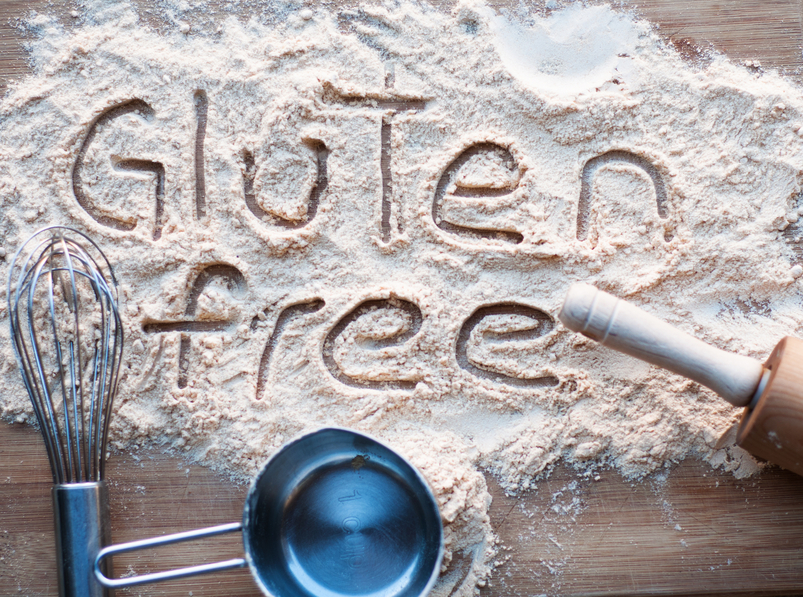Baking powder isn’t always gluten-free! We have all the details you need to know about using baking powder in gluten-free baking.
Is baking powder gluten free? It may be easily found in supermarkets today, but not all baking powder is always gluten-free.

Baking powder is used as a raising agent (or also known as a leavening agent) in baking, as a way to make bakes bigger and lighter.
So, what is in baking powder?
Baking powder is a mixture of bicarbonate of soda, an acid such as cream of tartar, and an acid such as cornstarch. So, why wouldn’t baking powder be gluten-free?
Manufacturers sometimes add starch to prevent any storage issues from changing the chemicals in the powder. If it were exposed to damp then it could start the chemical reaction in the baking powder that happens when you add it to your bakes. So, to stop this from happening starch would be added. Nowadays, this is often cornstarch or even potato starch – both gluten-free. But, some manufacturers could use wheat starch, which contains gluten. This was more common in the past, but it is still something to watch out for today.
It’s important to check the labels when using baking powder in gluten-free recipes. Or alternatively, make your own. This can be done by adding 1 part bicarbonate of soda, 1 part cornstarch and 2 parts cream of tartar together.
Certain brands make specific versions of their baking powder gluten free, such as Dr Oetker or Doves Farm Freee.
For lighter and fluffier bakes, it’s best to add slightly more of the gluten-free baking powder than the recipe calls for.
What about baking soda?
Baking soda is naturally gluten-free, as the leavening agent is just bicarbonate of soda. If you’re substituting baking soda for baking powder then remember to triple the amounts. So, if the recipe asks for 1 tsp of baking soda, you’ll need 3 tsp of baking powder.
For more tips and advice for gluten-free baking click here, including our post on how to get the best from your gluten-free baking!
